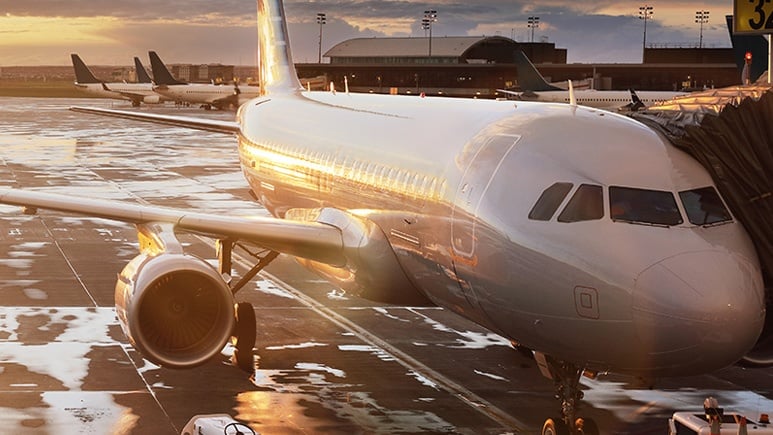![]() By Lyndelle Nieuwkerk -->
By Lyndelle Nieuwkerk --> ![]() Blog
Blog

Since aircraft leasing first arrived on the scene in the 1970s, demand has grown rapidly. According to Boeing’s 2019 Current Aircraft Finance Market Outlook, leasing now represents 40% of in-service commercial aviation ownership. The entry of more leasing companies has driven diversification, leading to innovative solutions that are delivering new levels of value for commercial airlines and other lessors.
Aircraft leasing saves operators the financial overhead of purchasing costly assets. However, as the aviation leasing market continues to mature and diversify, airlines are looking to leasing for more than just an immediate reduction of CapEx. Under a leasing model, airlines can rapidly increase or decrease the size of their fleet without expensive assets sitting on the ground. When compared with purchasing an aircraft, leasing expedites the process of getting your aircraft in the air and producing profit. Choosing to lease an aircraft also gives airlines the flexibility of shorter-term commitments, a structure that opens the door to further cost-savings in the form of “right sized” routes in which aircraft capacity matches traveler demand.
As the aircraft leasing market continues to mature, innovative models are connecting customers with customized solutions tailored to their business’ needs. But when you’re considering aviation leasing, it’s critical to start with the three predominant models: wet leasing, dry leasing, and leasebacks.
Understanding the differences between dry leases, wet leases, and leaseback agreements is about more than just choosing the option most aligned with your business’ needs. Each leasing arrangement comes with its own regulatory requirements and obligations. Because the Federal Aviation Administration (FAA) closely reviews each agreement, it is critical to consider all aspects of a leasing arrangement before moving forward.
Although these distinctions may seem straightforward, the meaning of “who has operational control,” as defined in 14 CFR 1.1, leaves room for interpretation. As the FAA explains, “The determination in each situation as to whether the lessor or lessee exercises operational control requires consideration of all relevant factors present in each situation. The terms of the lease itself are important but since they may not reflect the true 2/10/16 AC 91-37B 4 situation, the actual arrangements and responsibilities should be given very careful consideration.”
To ensure you secure the best arrangement for your business and operational requirements, it’s critical to choose a provider with transparent terms and proven expertise in the legal complexities of leasing agreements.

In 2002, there were fewer than 100 aircraft leasing companies around the world, and the two biggest controlled more than 40% of the market share. Just 17 years later, there are more than 150 providers, with the Top Two holding just 20% of the market share. Today’s aircraft lessees have more options than ever when selecting an aircraft leasing partner—but not all deliver the same level of expertise and value. When selecting an aircraft leasing provider, look for robust legal expertise, financial stability, a track record for successful transactions, and an integrated approach to ensuring your leased aircraft operates at peak performance.
AerSale ® specializes in leasing mid-life to end-of-life commercial aircraft as well as engine leasing. Our diversified fleet includes Boeing and Airbus narrow- and wide-body aircraft in both passenger and freight configurations. But our value extends far beyond our engine and aircraft leasing inventory alone.
Contact AerSale today to discover how we help commercial aviation customers achieve healthy fleet growth through best-in-class aircraft leasing, engine leasing, and purchasing programs.